Description
The Ornata Calathea is also known as the Pinstripe Plant due to its thinly striped foliage. A member of the prayer plant or Marantaceae family, it displays rather exotic-looking, dark-green, oval leaves interspersed with pink or white stripes. It can be a little tricky to care for, but once you know what it needs, this plant will brighten and add interest to any indoor space.
Best Locations For Growing Ornata Calathea
Being native to tropical climates, this non-toxic house plant grows best in warm and humid environments; a bathroom or kitchen is often perfect.
Ornata Calathea Sunlight Requirements
The Ornata Calathea is usually grown under medium light levels, as any direct sunlight has the potential to damage its vulnerable foliage. Place it in front of a north- or east-facing window with diffused or filtered light; just make sure it is well away from any direct light from a south-facing window.
Ornata Calathea Care
Although tolerant of most indoor temperatures, the Ornata Calathea should be kept above 60°F, as it will struggle in lower temperatures. Humidity is key for Ornata Calathea, as its foliage will begin to crisp around the edges if the atmosphere is too dry. Frequent misting or growing the plant on a tray of wet pebbles or in a humid bathroom can be beneficial. Over time, some leaves may die back and can simply be pruned away by cutting the affected stems at the base of the plant.
Watering Ornata Calathea
This houseplant needs to be grown in a free-draining soil or substrate that is kept moist, as it hates completely drying out. On the flip side, it does not tolerate soggy or waterlogged soil, which can lead to root rot. As a general rule, water when the top of the soil begins to dry out and use harvested rainwater where possible.
Feeding Ornata Calathea
Ornata Calathea is a light feeder, although feeding during the growing season is advisable to help keep its foliage looking good. A balanced liquid houseplant fertilizer can be applied every 4 to 6 weeks from spring until the fall, but only if diluted to half the recommended strength, as overfeeding can damage the roots.
Additional information
| Container Size | 3" Pot, 4" Pot, 6" Pot, 8" Pot, 10" Pot |
|---|
Reviews (0)
Be the first to review “Ornata Calathea” Cancel reply
Related products
Pet Safe Houseplants
Pet Safe Houseplants
Pet Safe Houseplants
Pet Safe Houseplants
Pet Safe Houseplants
Pet Safe Houseplants
Pet Safe Houseplants
Pet Safe Houseplants
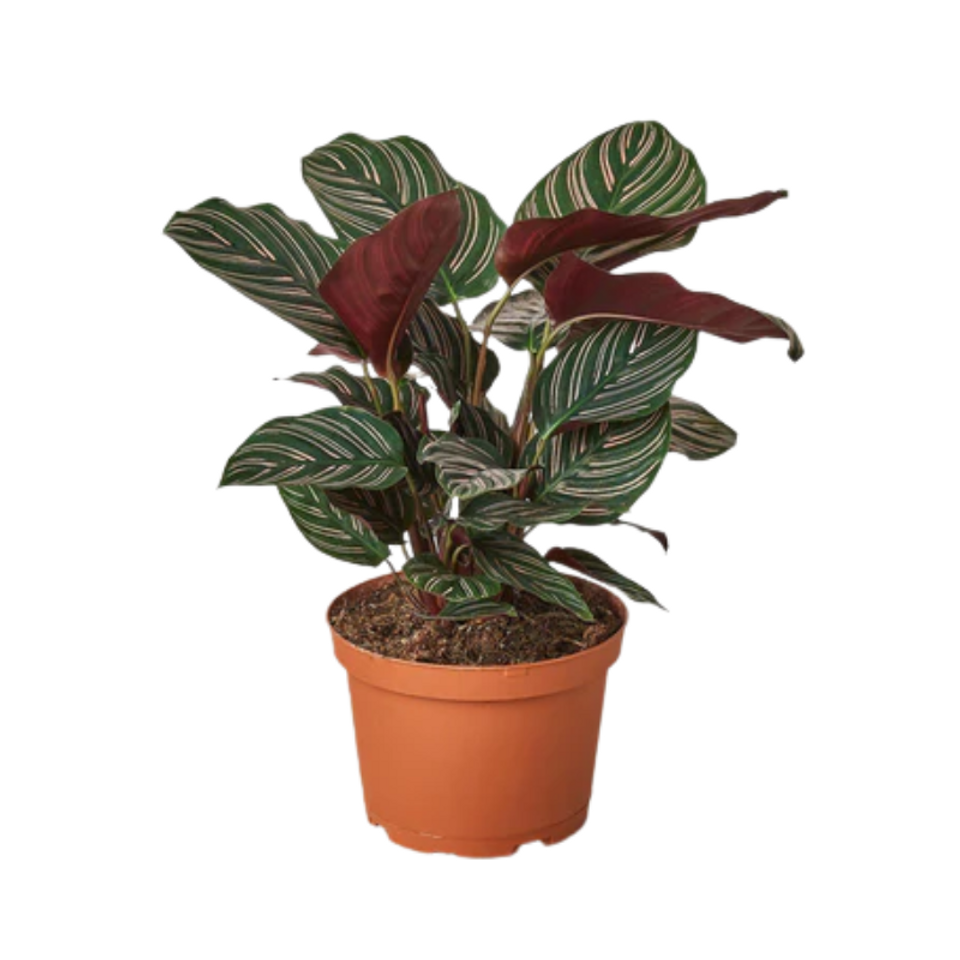
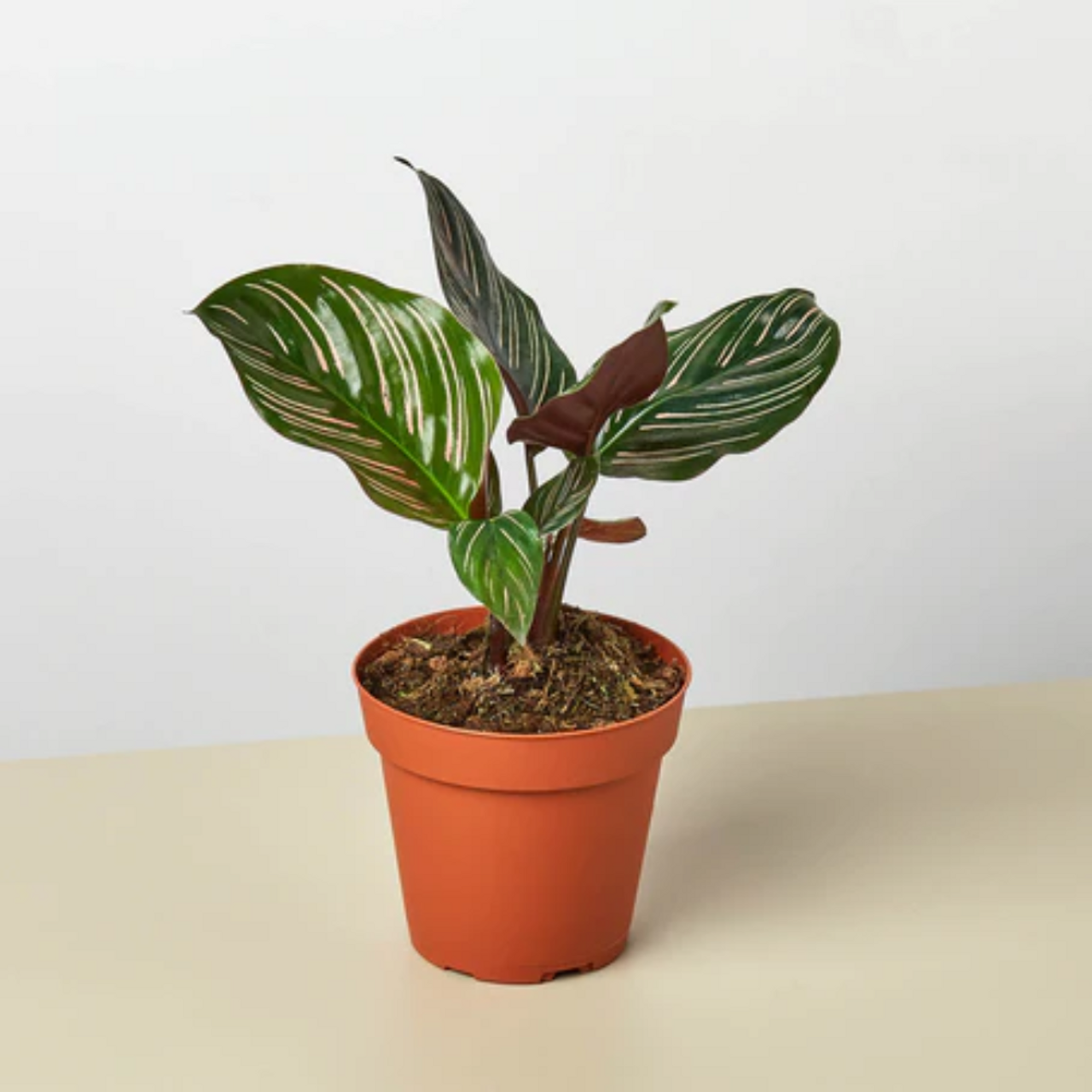
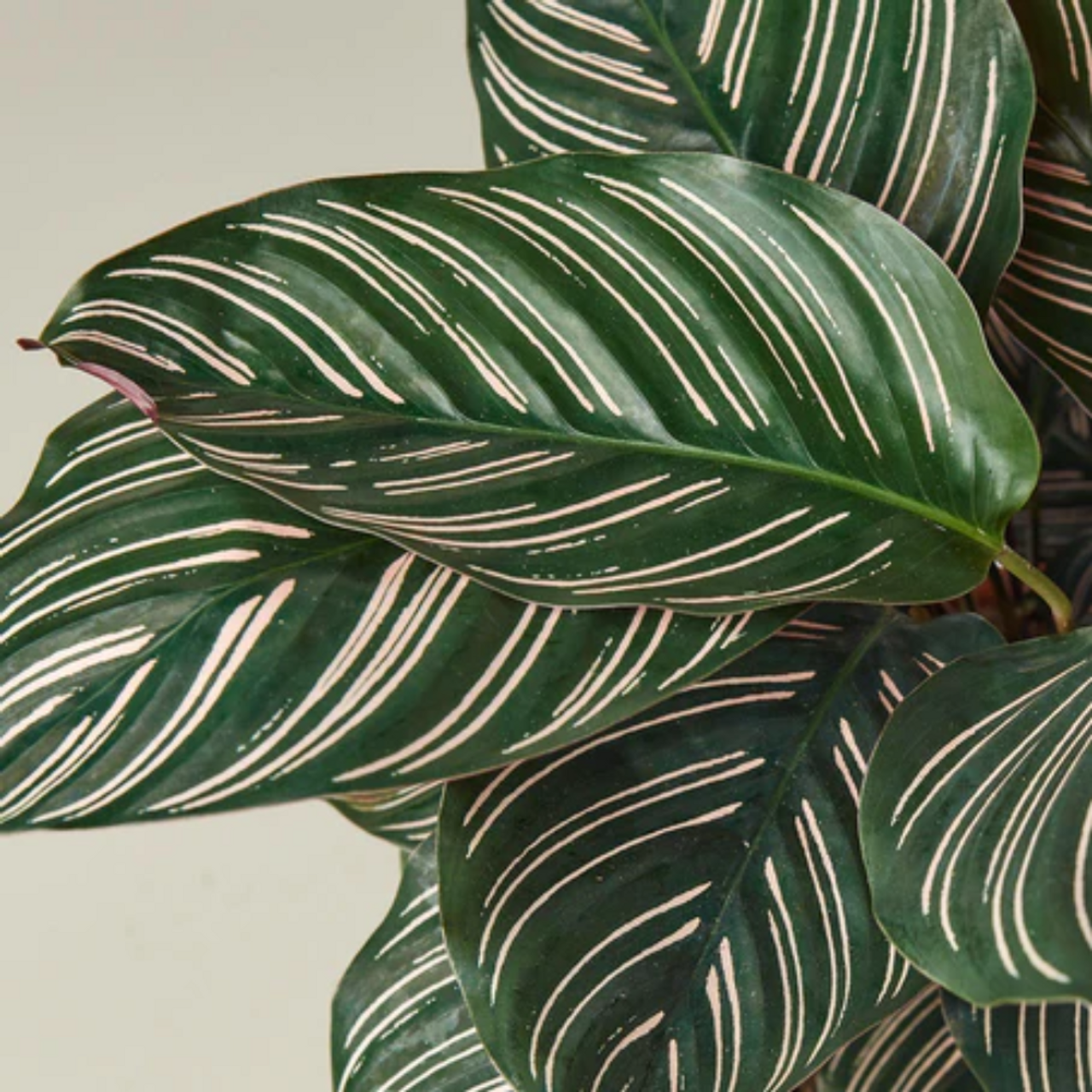
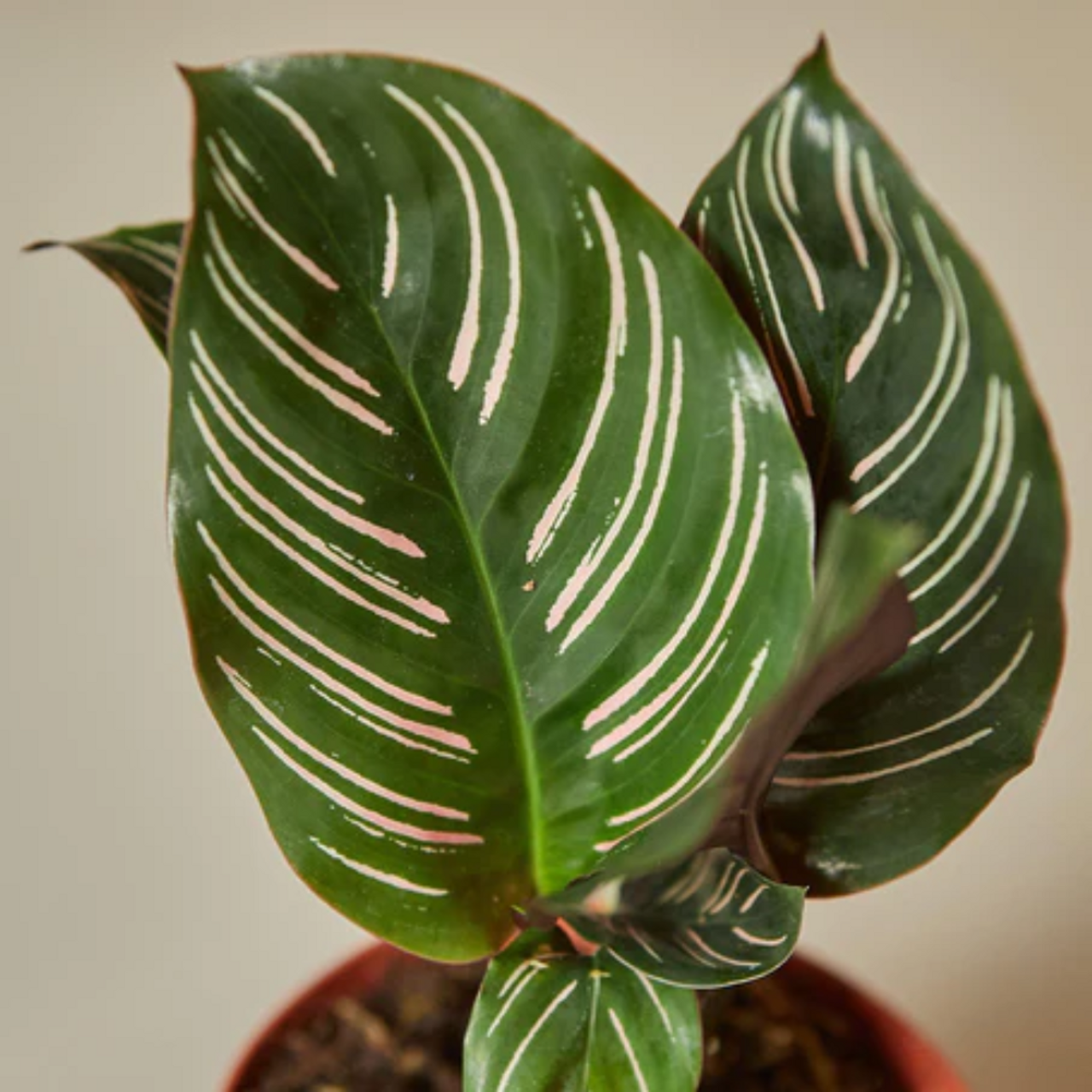
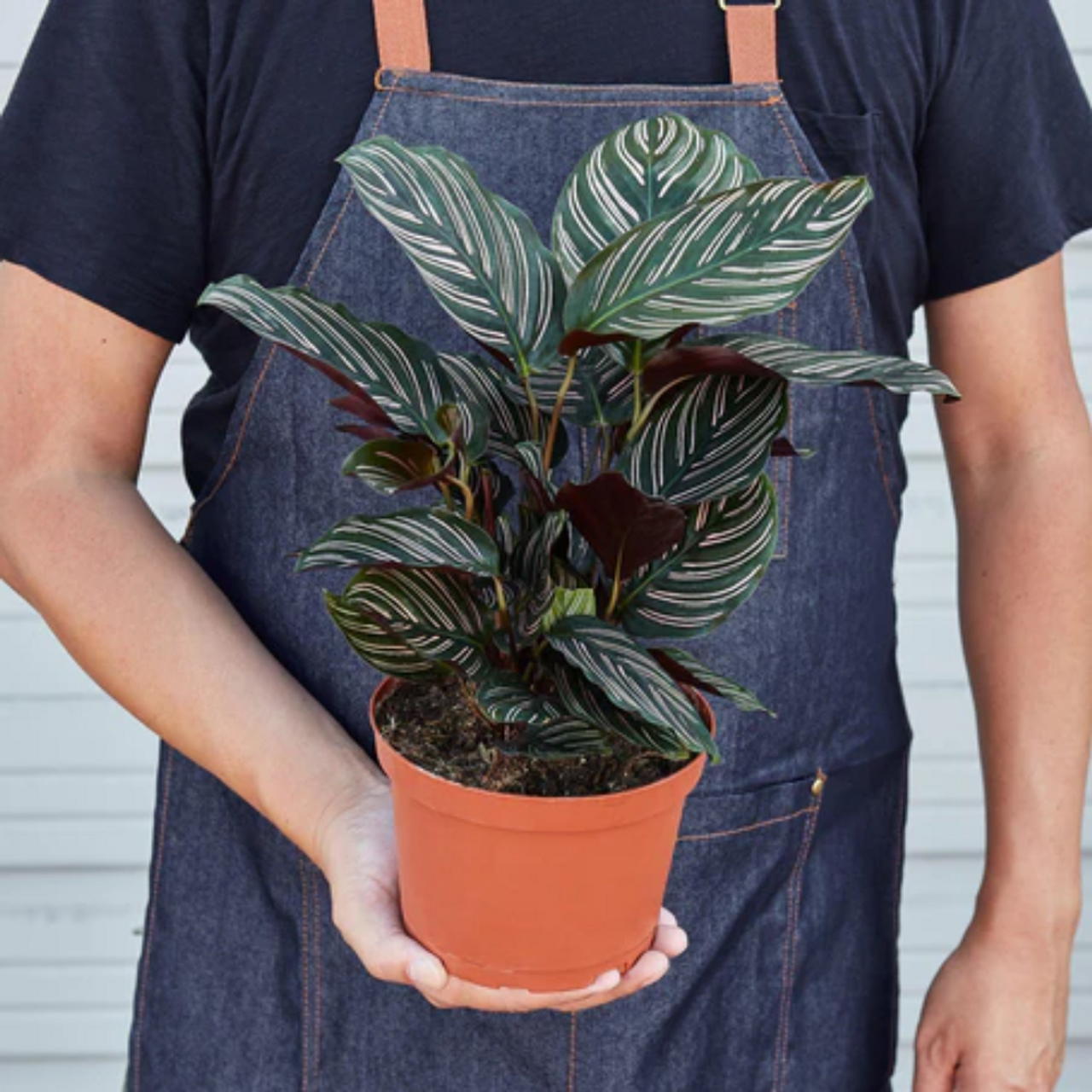
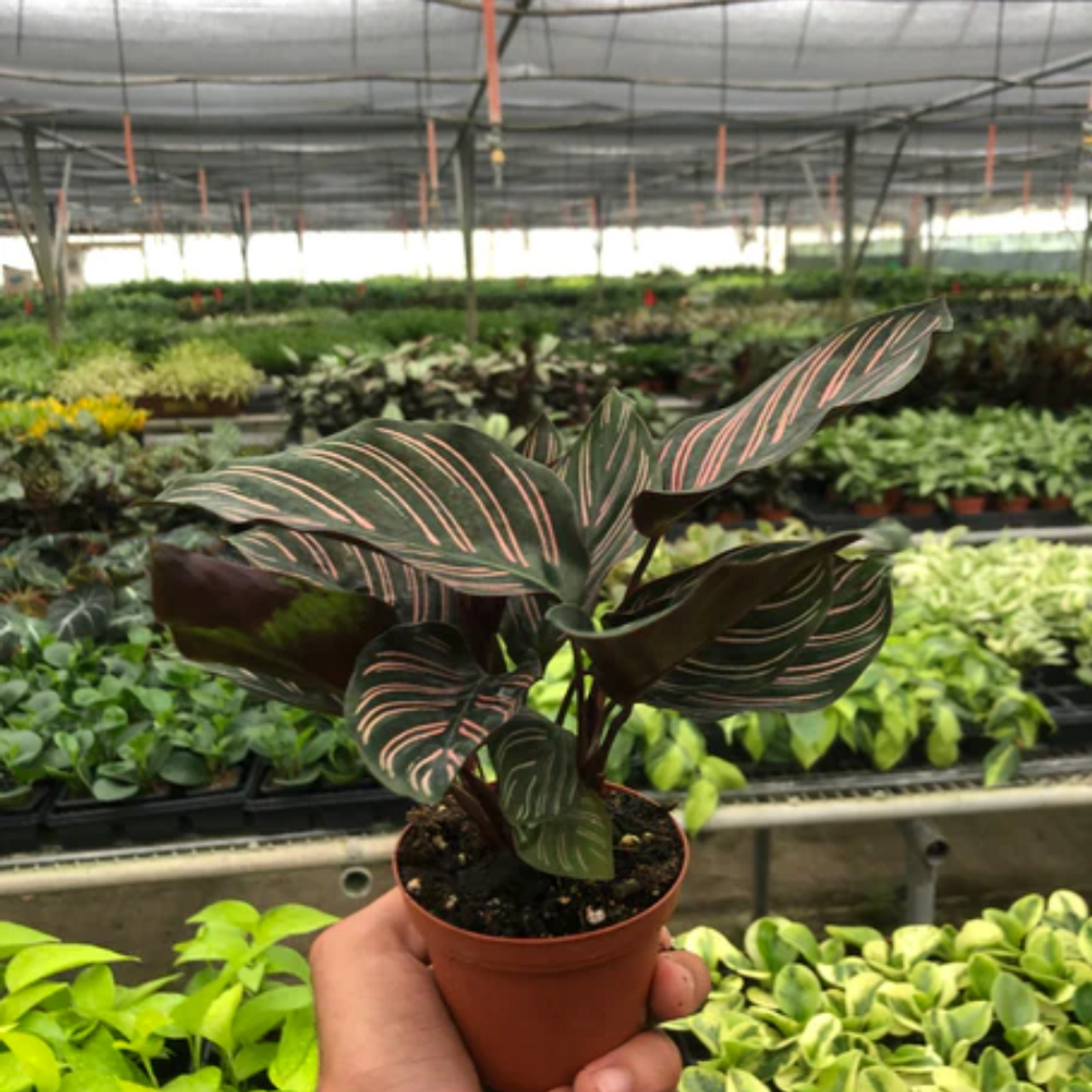






















Reviews
There are no reviews yet.